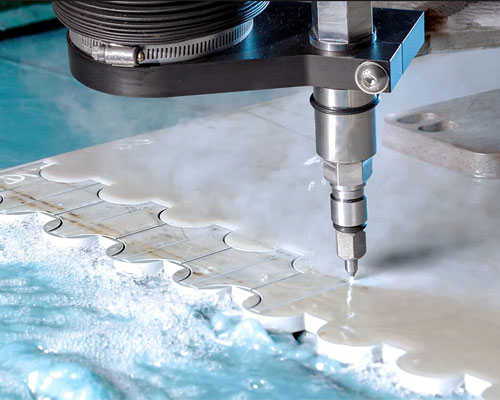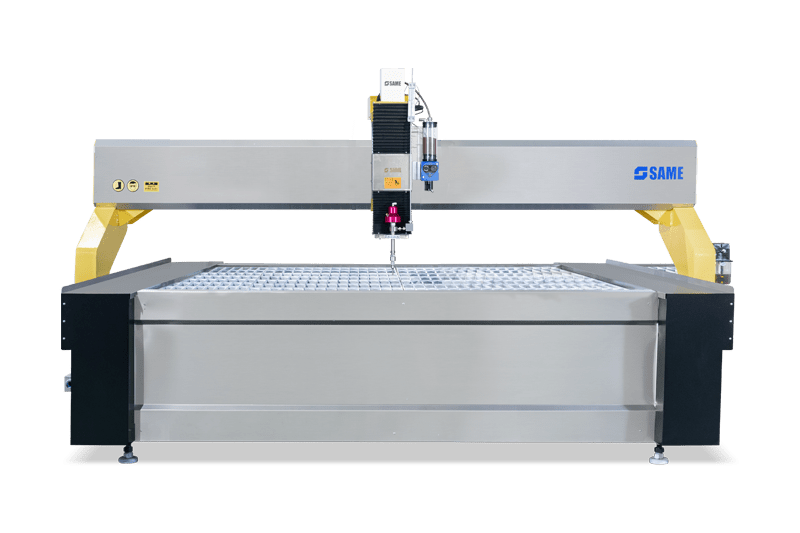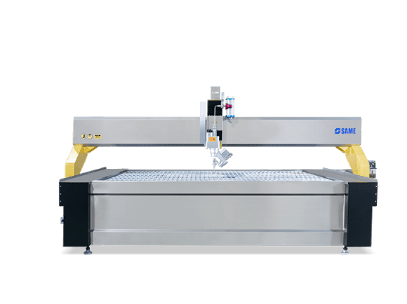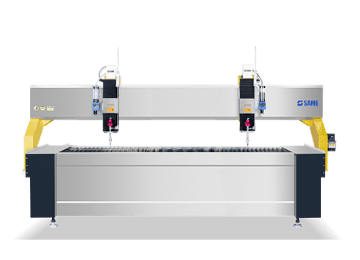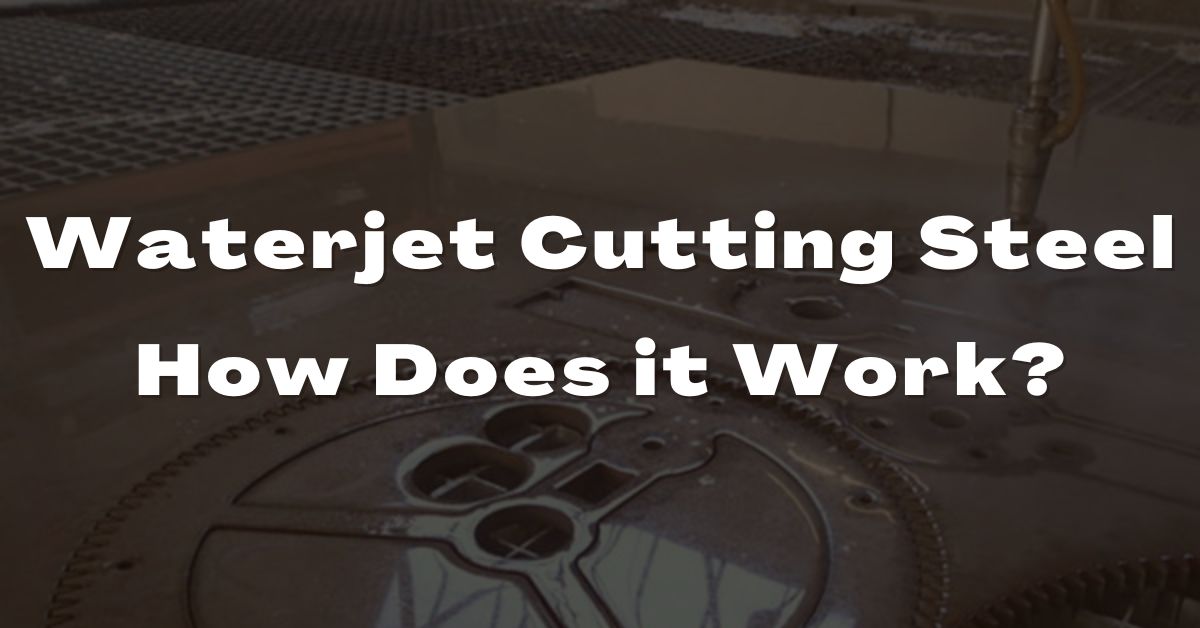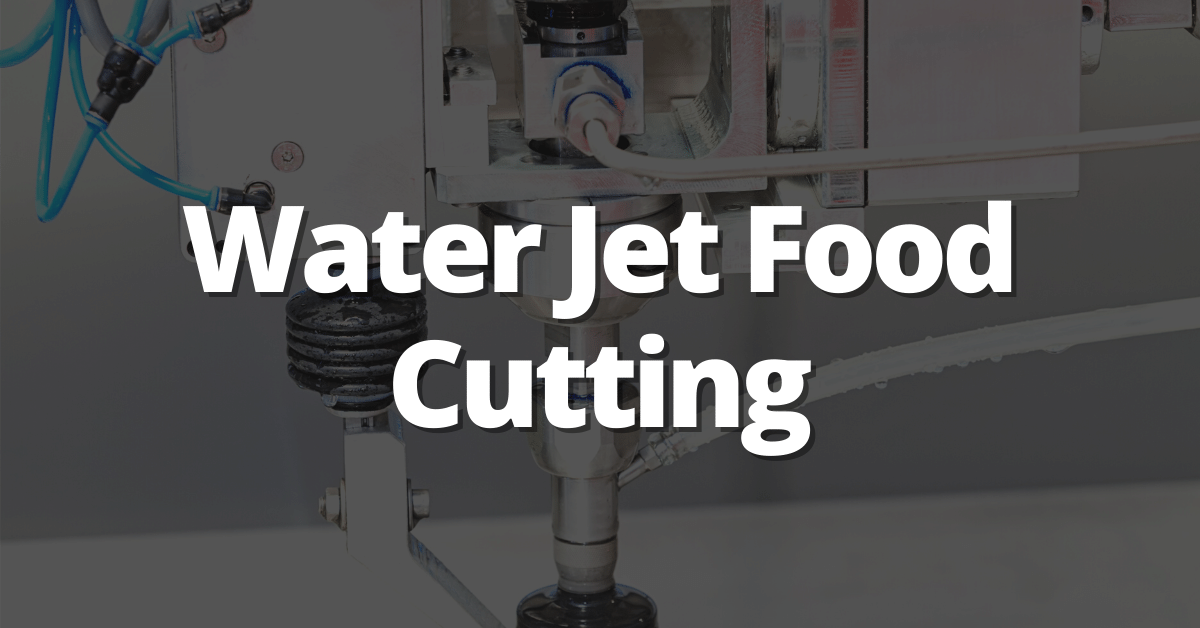Summary
Waterjet is widely used in many industries for their ability to cut almost anything and due to the precision of the cut. But like any other machine, they are also prone to breaking down during operation from time to time. However, most of the problems can be quickly fixed with some simple troubleshooting.
In this article, I am going to share some simple waterjet troubleshooting tips that will certainly help you to save both money and time on a service technician, thus helping you make more profit. So, without further ado, let’s begin!
Quick Navigation
5 Tips for Troubleshooting Your Waterjet
I’ve listed some of the common problems that waterjet cutting machines face and included some troubleshooting tips for each of these problems. Let’s take a look at them one by one:
1. Water Leaks
Water leakage is one of the main problems with waterjets. It can occur for many reasons. But the most common cause is the damaged high-pressure water seals in the intensifier pump. But that’s not all.
To troubleshoot the water leakage problem, first, you will need to find out where the water is coming from. It is extremely important to immediately fix this problem moments after detection. Otherwise, it can cause costly damage to your waterjet components. Here are several things you should look for in the event of water leakage:
- If your waterjet’s high-pressure seals are damaged or almost at the end of their lifespan, you will notice water dripping every few strokes. In that case, you will have to replace the seals before they get completely damaged.
- If you notice that hot water coming out of the weep hole on the output adapter of the waterjet, it might be because of some loose-fittings on the high-pressure water line, or the water tubes are damaged. It can also occur due to the waterjet’s output adapter failure.
- In case of cold water leaking from the end cap, this may well be caused by damaged O-rings in the check valve. You will need to replace them immediately.
If you notice that hot water is coming out from the end cap, this means the high-pressure seal on the static end of the cylinder has completely failed. And to stop the water leakage, you will need to replace it with a new one.
- Any water leak from the dynamic end of the cylinder means that the high-pressure seal there is not working correctly and needs to be replaced.
2. Over Stroking
It is normal for intensifier pumps to stroke at a high speed during the startup. This also happens throughout the time it is changing from low-pressure level to high-pressure level. However, in the case of normal operation, the hydraulic piston of the intensifier pump should stroke to the left and right at the same speed.
But, sometimes, for many reasons, the piston will stroke faster. This is known as over stroking. And it will trigger an alarm. If you experience such problems with your waterjet, first, turn off the alarm. Next, turn off the cutting head and turn on the intensifier to build up water pressure.
Now turn on the cutting head and monitor the hydraulic piston stroke rate of the pump by manually inspecting the proximity switches or via the associated CNC waterjet software. Following this procedure will reset the intensifier and it should work without any problem. If the problem still persists, follow the steps given below:
- Check whether the intensifier high-pressure water seals are leaking or not. If so, replace them with new ones.
- Check the orifice to find out if there is anything out of place. If it is improperly installed, clogged, or worn out, replace it.
- Check the difference between the pre-filter and post-filter water pressure gauge. If the difference is more than 69 Kpa (Kilopascal), it is time for you to replace the water filters.
- Inspect the water tubing, valves, fittings, seats, and needles inside the cutting head for any signs of leakage. If a certain part is leaking, repair or replace it.
- Inspect the post-filter water pressure gauge. If you find that the water pressure is very low, check whether the cutting water supply is turned on or not. If it is off, turn it on.
3. Failure to Build Hydraulic Pressure
Another common problem with a waterjet is that the intensifier pump will sometimes fail to build enough hydraulic pressure. In such case, follow the troubleshooting steps given below:
- Check the water pressure via the associated CNC waterjet software or inspect the pressure control knob if the machine is manually controlled to find out if everything is set correctly.
- Inspect the temperature of the hydraulic relief valve. Any increase in the temperature in contrast to the surrounding components means that the valve is opening.
- Isolate the intensifier pump compensator from the waterjet’s pressure control circuit and verify whether it can raise pump pressure or not.
4. Short Seal Life
Usually, high-pressure water seals have a very short lifespan. But there are some things that you can do to make them last longer. They are:
- Use the freshest quality water and make sure that the impurities are within the manufacturer’s recommended ranges.
- Before replacing a damaged seal with a new one, scrape every last bit of the old seal to make sure that there is no debris present.
- Before buying a new seal, make sure that it meets the minimum water volume and pressure requirements.
- Regularly check the hydraulic cartridge or plunger bearing to make sure that it is not worn.
5. Low Water Pressure
Low water pressure is one of those problems that almost every waterjet operator has faced at least once in their lifetime. Whenever the cutting head is in use, the water pressure will fall to a certain degree. But if the pressure falls too low, you might want to use the following troubleshooting procedures:
- Start with inspecting the orifice. If you notice any sort of problem or damage, replace it.
- Check if any valve is leaking or not. If leaking, take the necessary steps to repair the leaks.
- Whenever water is entering the intensifier pump, a pressure sensor is always detecting the pressure. If the pressure is too low, the system will automatically shut down the intensifier pump. Ensure that the inlet water to the pump is running, replace the filter if needed, and make sure that the inlet cutting water valve is working properly.
Ways to Cut Down Repairs to Your Waterjet
Every type of machinery requires maintenance and repair. Waterjet cutters are no exception. With regular use, you can expect that certain components of your waterjet will go bad. But if you take care of them from the beginning, you can extend the lifespan of your machine. Just follow the ways given below:
Always Use Purified and Clean Water for Your Waterjet
Dissolved minerals and particles in the water pile up over the high-pressure components of the waterjet over time. This can cause these components to wear. On top of that, impurities in the water can significantly reduce the cutting efficiency of the machine.
This is why it is extremely important to use clean and pure water for your waterjet. Invest in a good water filtration system and a water softener. This can save you a lot of money in the long run.
Keep Your Waterjet Free of Dust and Debris
Always keep the working environment free of dust and debris. Especially in the case of waterjets as they are operated in an environment filled with abrasives. So, you have to be cautious about keeping everything clean as much as you can. This will significantly reduce your repair and maintenance work.
Conclusion
Rather than repairing your machine frequently, it is best to take preventive measures to reduce the chances of unexpected downtime. Use high-quality abrasives, regularly remove accumulated dust on the components, perform maintenance in a dust-free environment and always follow manufacturer-recommended waterjet machine maintenance procedures.
Through this article, I’ve tried to provide troubleshooting steps to some common waterjet problems. Using these tips will certainly help you to get your machine up and running again in no time. Hopefully, you’ve found this article somewhat helpful. Thanks a lot for stopping by!


